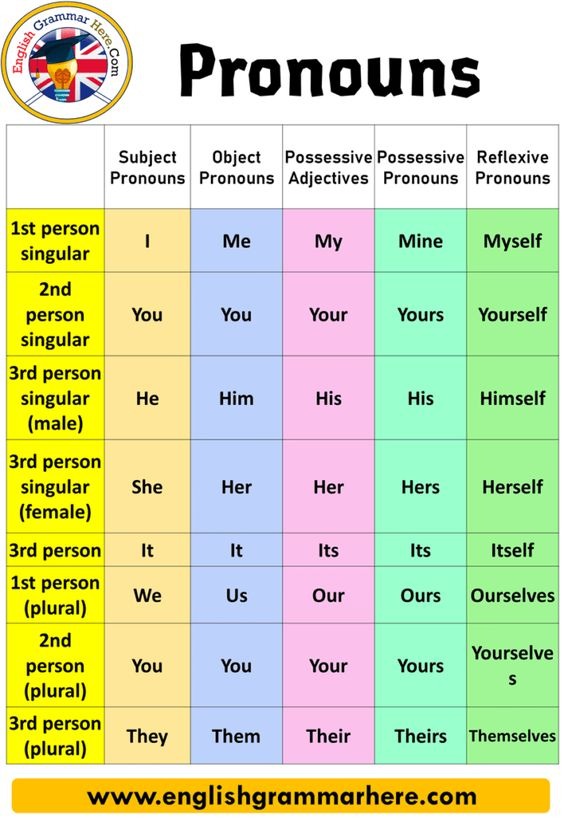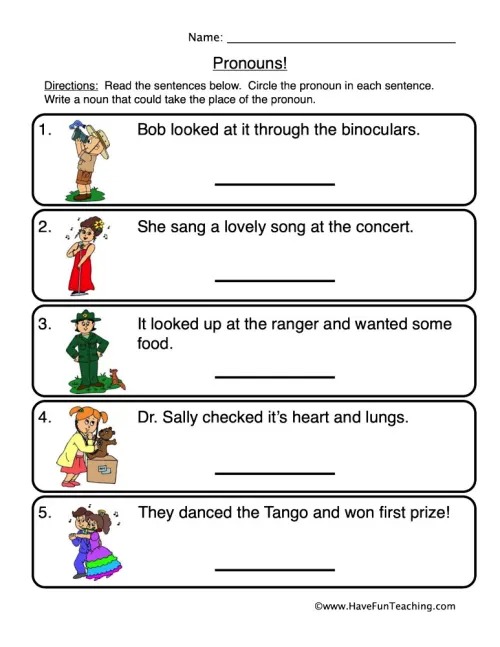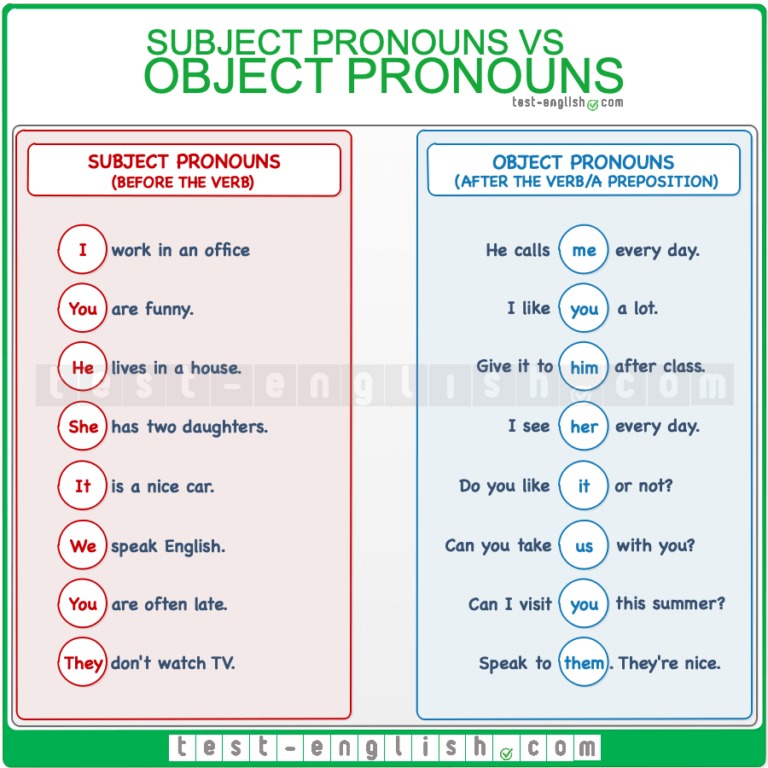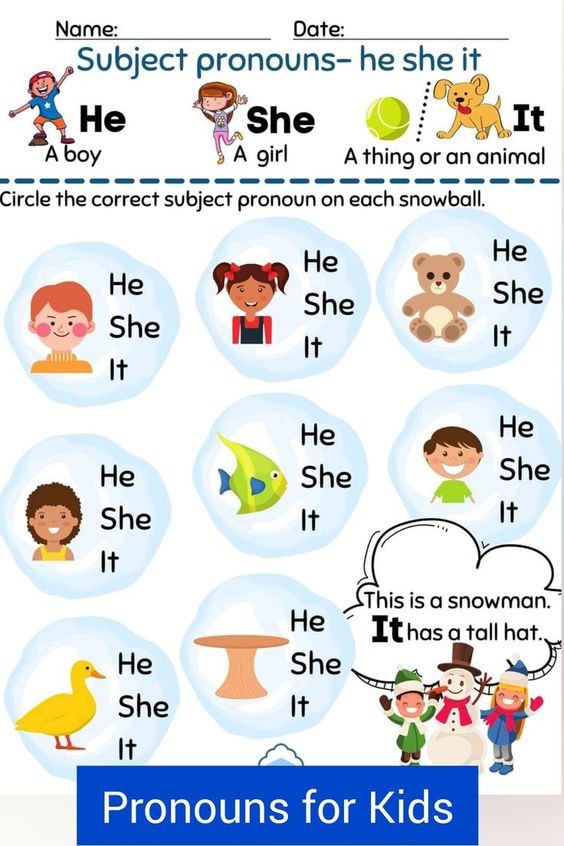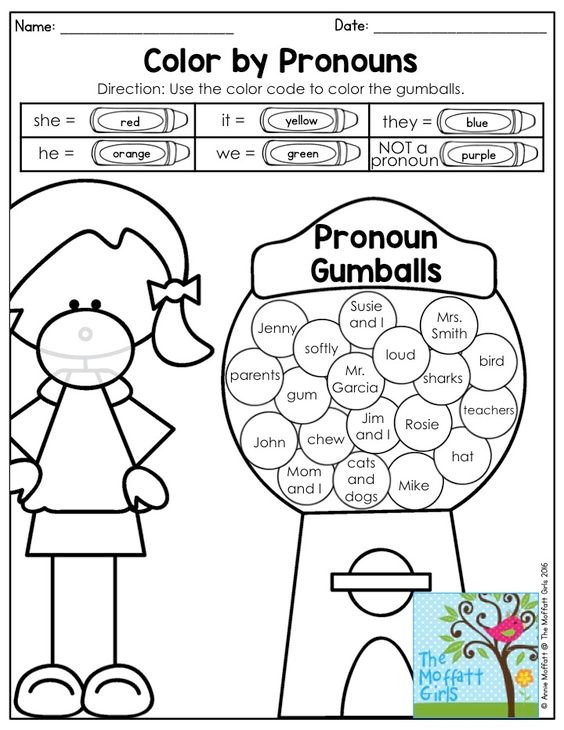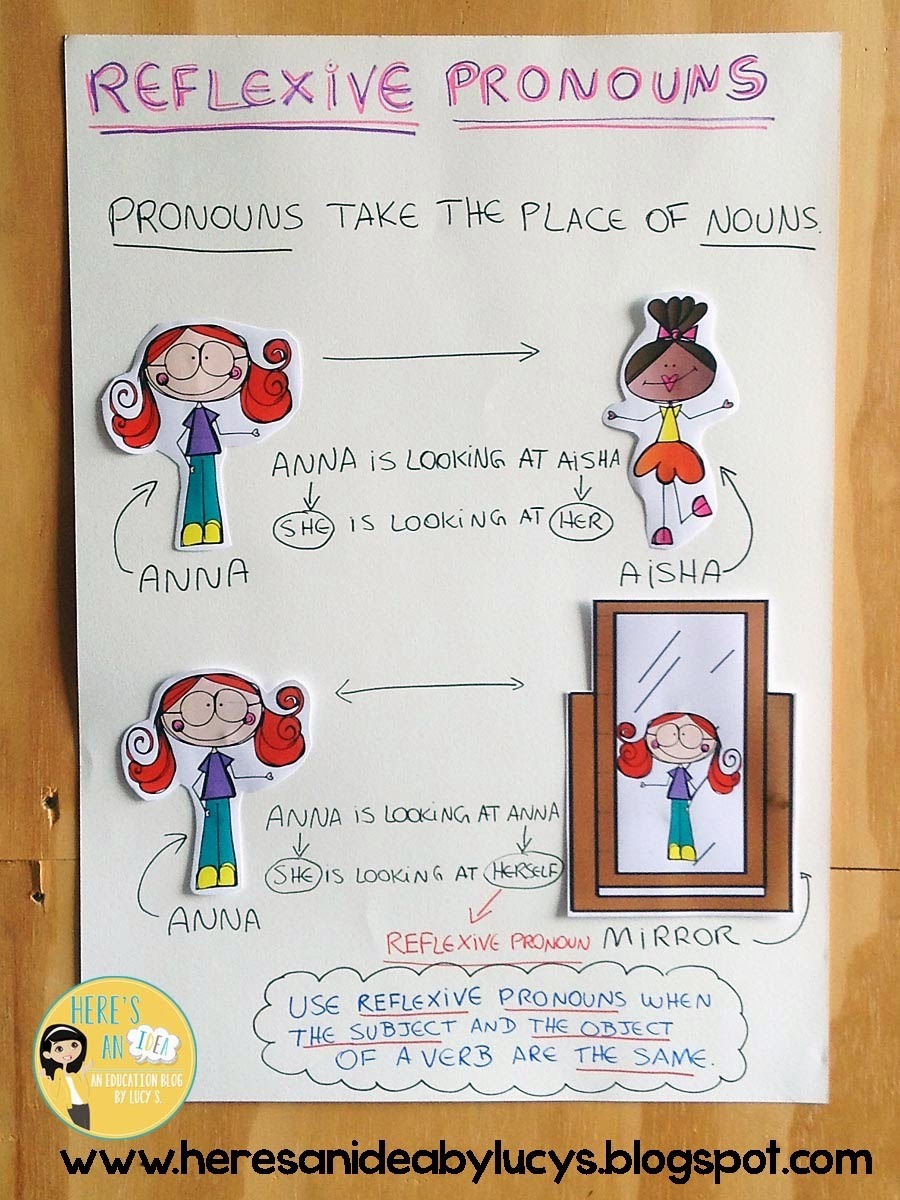Julie sat down. Julie saw Angie at the door. Julie waved to Angie. Angie ignored Julie.
Writing without using pronouns can be frustrating, boring or just downright confusing. Using anchor charts in the classroom is a great way to eliminate problems with your students’ writing.
In this post, you’ll learn about the key features of pronoun anchor charts and get some ideas about how to use them in the classroom.
Table of Contents
- Elements of a good pronoun anchor chart
- Exploring different approaches to teaching pronouns
- Anchor charts for teaching pronouns
- Thoughts on pronoun anchor charts to take away
Elements of a good pronoun anchor chart
The one thing that a good pronoun anchor chart must do is include lots of examples of pronouns and lots of examples of how they are used in context.
A good pronoun anchor chart will make it very clear what the function of a certain type of pronoun is. For example, we always teach that pronouns replace nouns. However, not all pronouns perform that function. For early grades, that is the perfect approach. However, as the students learn the other types of pronouns, it will be necessary for the function of each to be made clear.
Because of the number of different types of pronouns and the necessity for lots of examples, a good pronoun anchor chart should not be too busy. It must give information clearly and quite simply to the students.
The key to using pronoun anchor charts should be ‘Don’t confuse!’ Once a student understands pronouns, they will find them easy to work with. They need that basic understanding, though, from the beginning.
A good pronoun anchor chart should be interactive, even if it is as simple as students filling in the correct pronoun.
Exploring different approaches to teaching pronouns
You can use a conventional approach to pronouns on an anchor chart where you say ‘A pronoun replaces a noun’ and the students must fill pronouns into gaps in sentences. What would work well is to have a set of pronouns they must work from.
Another approach to teaching pronouns is to create an interactive anchor chart. A short passage should be on the chart, where not one personal pronoun is used. Alongside the chart, there should be rectangles of paper with various pronouns written on them. The students must choose pronouns to literally replace some of the nouns by sticking them over the nouns on the chart.
In the resources I’ve gathered for this post, you’ll find some interesting and varied ideas for teaching pronouns using anchor charts.
Anchor charts for teaching pronouns
I’ve put together a list of nine anchor charts to help you use them in the classroom to teach, revise or apply pronouns.
Comprehensive list of pronouns From English Grammar Here
This is a rich resource that lists all the personal pronouns. You can focus on the point that pronouns stand in for nouns using this anchor chart. It is specific and comprehensive. I suggest using it as a kick-off point for a discussion about pronouns with the class, which you extend into practice exercises. The students can also use it when they complete worksheets on their own.
Find and list pronouns by Have Fun Teaching
The premise of this Find and List Pronouns can also be adapted effectively to teach pronouns. This is a perfect example of an exercise that the students can do working from a comprehensive list of personal pronouns. In fact, why not turn this into an anchor chart that will be a companion to the chart listing all the personal pronouns?
Pronoun poster From Worksheet Place
This anchor chart identifies all the forms of pronouns, with examples. A resource like this is invaluable for any class from the middle grades upwards. I suggest using this as a reference to which the students can refer when they are working on worksheets. My one caution is that not all forms of the pronoun take the place of a noun. However, this is the common starting point for understanding pronouns. You could begin by working on personal pronouns that do stand in for the noun and then progress to the other types of pronouns. Remember to use a lot of examples in context to illustrate each pronoun you deal with.
Sorting pronouns By Have Fun Teaching
I’ve included this Pronouns Sorting Worksheet, because the approach can be adapted for an anchor chart to demonstrate, teach and practice all types of pronouns. The students should work from an anchor chart that lists all the types of pronouns. I suggest working on each type of pronoun alone before you use this chart. The students should understand the types thoroughly before doing a general application exercise like this. If you work on the answers to this sheet with the class, you can build up a great reference anchor chart for your classroom.
Pronouns as subject vs object From Test English
This anchor chart indicates what form of pronoun is used as subject and object. It is a great resource that specifies the position of personal pronouns in a sentence. This is a more formal presentation of the idea of pronouns replacing the subject noun than the next resource. It also shows how pronouns replace the object. This chart can be used with various grades, depending on how you interpret it for the students.
Selecting subject pronouns From Liveworksheets
This anchor chart is aimed at practicing choosing the correct Subject Pronoun. The interactive aspect of this chart is valuable for students. The relationship between the subject noun and the pronoun makes the link clear. It is the first step to understanding personal pronouns, which stand in for nouns.
Have fun with pronouns From The moffatt Girls
This is a fun resource, where students color by pronouns. The chart is aimed at younger grades, but would be a fun activity for any grade, especially to revise pronouns. Turning this into a color anchor chart will surely make the ideas of pronouns sit in their heads. The use of colors is a good visual aid you can refer to when working on pronouns at any time in the classroom.
Using pronouns to refer back From Here’s An Idea
This is an interactive anchor chart on Reflexive Pronouns. The aspect of this anchor chart that appeals to me the most is that it is truly interactive. The figures and the mirror can be removed and stuck onto the chart. This will allow the students to make links between the figures and the relevant pronouns more concretely. Using the mirror to illustrate the concept of a reflexive pronoun is a great idea that will stick with students.
Pronouns as a disguise From A Blog From the Pond
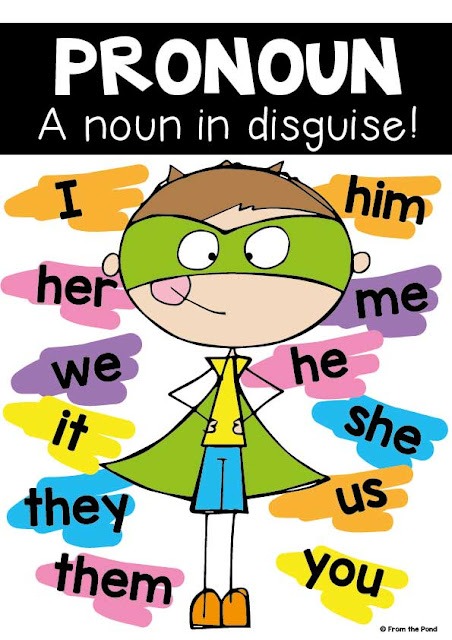
A Pronoun is a noun in disguise, that’s the premise of this anchor chart. Younger grades will respond well to the image. The chart is straightforward and has the look and feel of a cartoon, which also makes it appealing. This is a good starting point for teaching pronouns to younger grades, but could also be a fun revision chart for middle grades.
Thoughts on pronoun anchor charts to take away
Pronouns can be simple to learn, but they can also be confusing. Use and create anchor charts that give the students the information they need, the examples to refer to and the exercises to practice. This is the key to them mastering pronouns.

